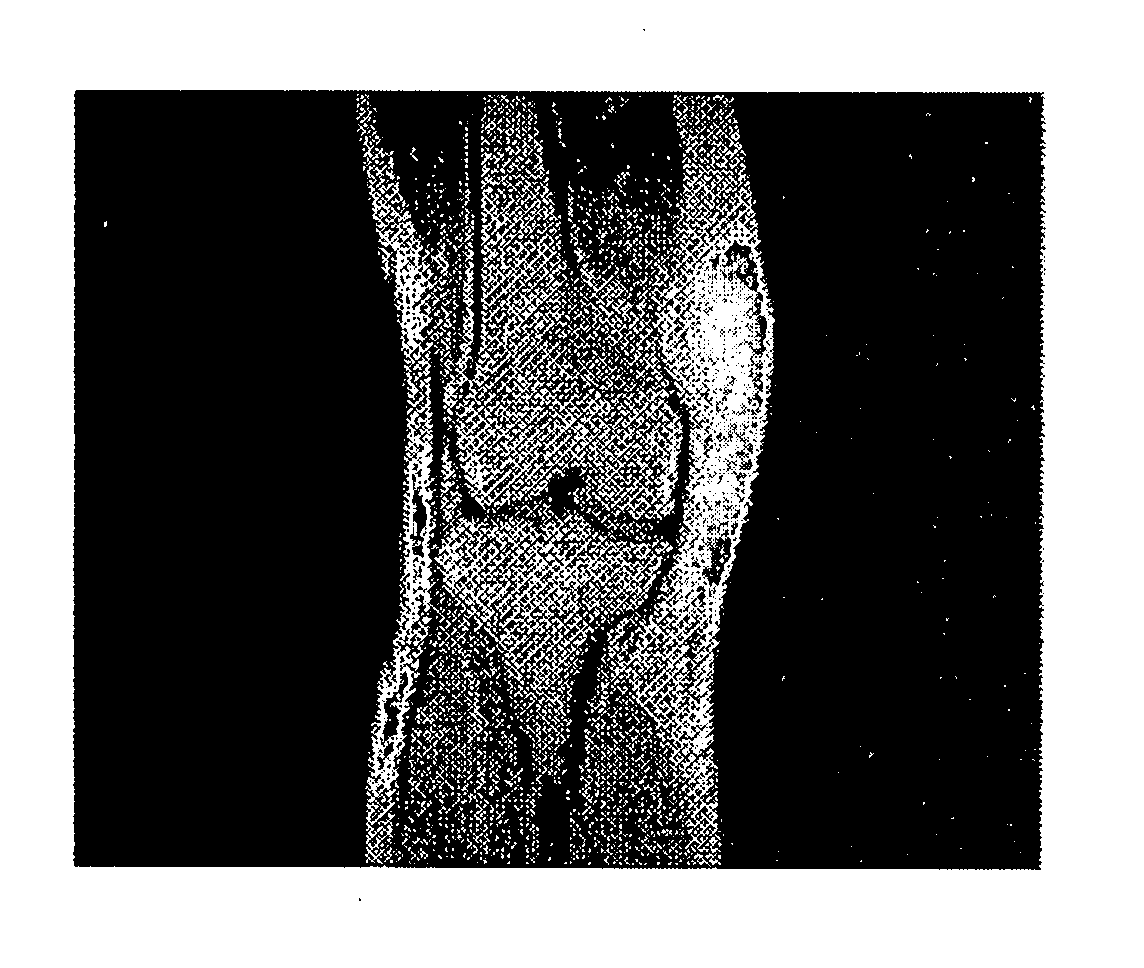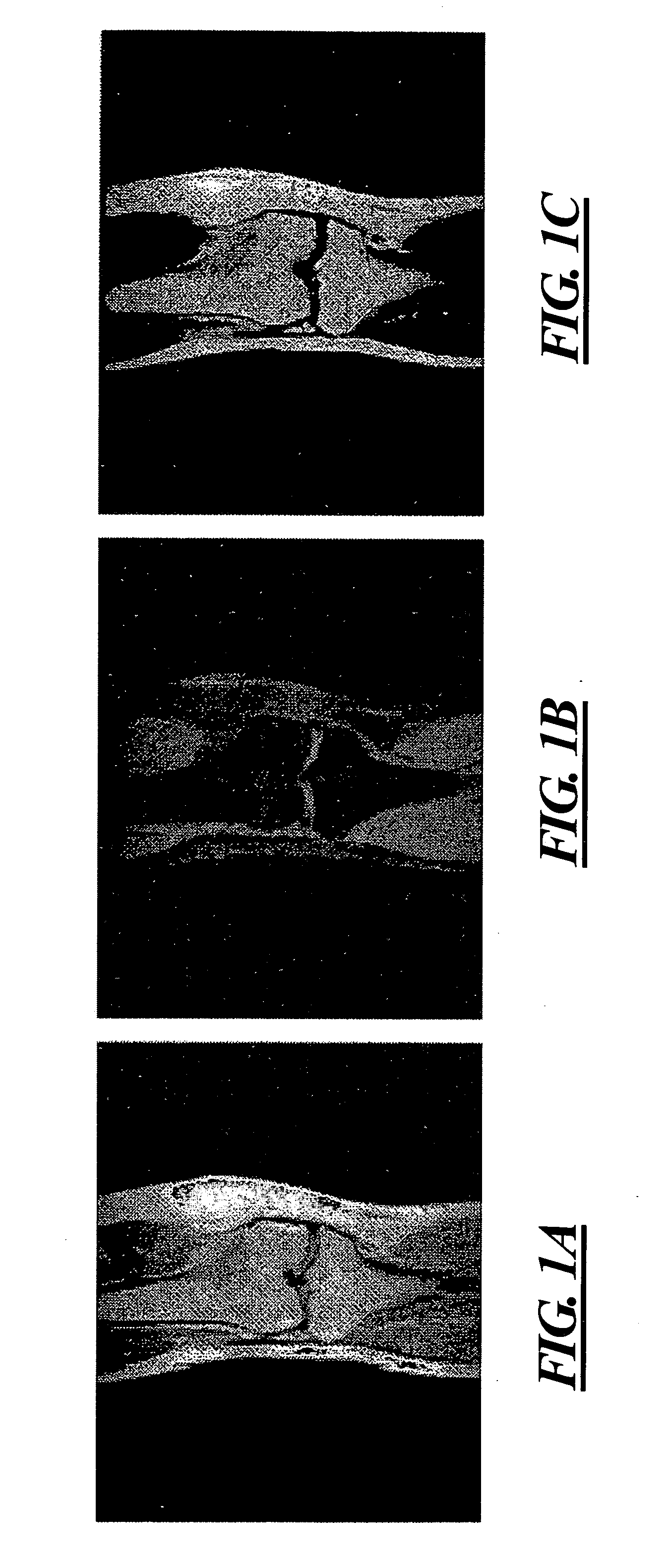Multi-channel magnetic resonance imaging reconstruction method for water-fat separation
a reconstruction method technology, applied in the field of multi-channel magnetic resonance imaging reconstruction method for waterfat separation, can solve the problems of slow spatial change in non-uniformity of magnetic field, inability to directly use additional phase calculated from two opposed-phase images, and inability to achieve stable and reliable imaging. , the effect of short reconstruction tim
- Summary
- Abstract
- Description
- Claims
- Application Information
AI Technical Summary
Benefits of technology
Problems solved by technology
Method used
Image
Examples
Embodiment Construction
[0039] The multi-channel magnetic resonance imaging reconstruction method for water-fat separation according to the present invention includes the following steps:
[0040] (i) Acquiring one in-phase image and two opposed-phase images.
[0041] It is assumed that S0i(x,y), S1i(x,y) and S2i(x,y) represent the one in-phase image and the two opposed-phase images of channel i, respectively, where i=1 . . . n, and n is the total number of the channels.
[0042] (ii) Calculating the sensitivity distribution of coils of respective channels.
[0043] This step can be divided into the following steps.
[0044] (a) Calculating the sum of squares of moduli of the in-phase images of respective channels, which is then extracted: SOS(x,y)=∑i=1nS0i(x,y)2
[0045] (b) Selecting a channel signal having a relatively high SNR S01(x,y) among the in-phase images, and normalizing the modulus thereof: S0′(x,y)=S0I(x,y)S0I(x,y)
[0046] In another embodiment of the present invention, step (b) can be performed by s...
PUM
 Login to View More
Login to View More Abstract
Description
Claims
Application Information
 Login to View More
Login to View More - R&D
- Intellectual Property
- Life Sciences
- Materials
- Tech Scout
- Unparalleled Data Quality
- Higher Quality Content
- 60% Fewer Hallucinations
Browse by: Latest US Patents, China's latest patents, Technical Efficacy Thesaurus, Application Domain, Technology Topic, Popular Technical Reports.
© 2025 PatSnap. All rights reserved.Legal|Privacy policy|Modern Slavery Act Transparency Statement|Sitemap|About US| Contact US: help@patsnap.com



